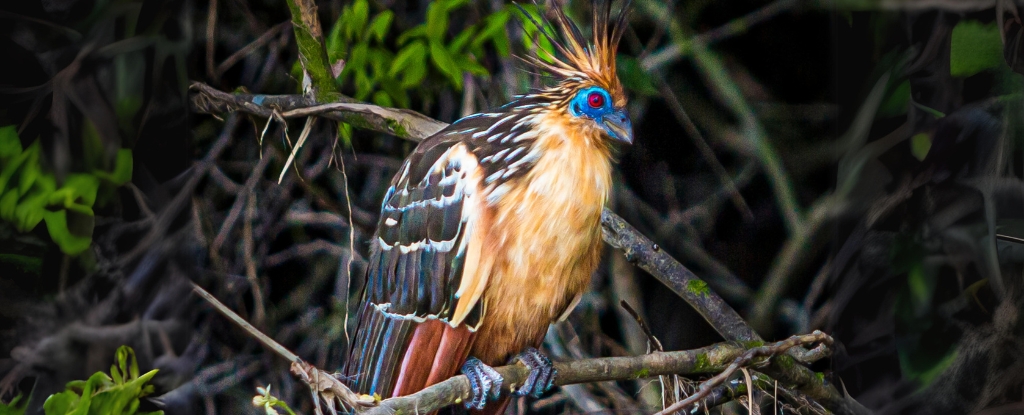The most extensive study of avian genomes to date has provided a remarkably clear depiction of the bird family tree. Recently published, this research demonstrates that the majority of modern bird groups emerged within 5 million years following the extinction of the dinosaurs.
Birds play a significant role in our daily lives, symbolizing nature even in urban settings. They are beloved by the general public and extensively researched by scientists. However, organizing these diverse avian species into a coherent family tree has posed significant challenges.
By examining the genetic codes of over 360 bird species, our investigation has unveiled the fundamental relationships among the principal bird groups. This new family tree challenges prior notions of avian relationships while introducing novel groupings.
Previous studies indicated three primary branches within the bird family tree. The first branch encompasses the ratites, including flightless birds like emus, kiwis, and ostriches. The second branch consists of landfowl and waterfowl, such as chickens and ducks. The remaining birds are situated on the third branch, known as Neoaves, which encompasses 95% of bird species.
Within the Neoaves branch, ten distinct groups exist. Among these, the “Magnificent Seven” comprise the majority, including landbirds, waterbirds, tropicbirds, cuckoos, nightjars, doves, and flamingos. The remaining three groups, referred to as the “orphans,” consist of shorebirds, cranes, and the hoatzin—a unique species native to South America.
Our genome analysis has shed light on the intricate relationships among these groups, particularly the challenging orphan categories. The study suggests that resolving these relationships is now achievable.
Introducing a novel classification, our genome study unveils a new bird grouping named “Elementaves.” Inspired by the ancient elements of earth, air, water, and fire, this cluster comprises birds well-adapted to terrestrial, aerial, and aquatic environments. Notably, some birds within Elementaves bear names associated with the sun, symbolizing the element of fire. This group includes hummingbirds, shorebirds, cranes, penguins, and pelicans.
Furthermore, our research confirms a close kinship between two prominent bird groups in Australia: passerines (songbirds and relatives) and parrots. These popular avian species dominate the Australian landscape.
The study also aimed to establish a timeline for the evolution of birds by utilizing a “molecular clock” to model genome evolution. Drawing insights from approximately 200 fossils, we could estimate the ages of various branches in the avian family tree. The findings indicate that all modern birds share a common ancestor from over 90 million years ago, with most modern bird groups emerging about 25 million years later, shortly after the Cretaceous period’s end.
Despite the extensive research spanning nearly a decade, one branch of the bird family tree remains enigmatic—the hoatzin. This distinctive bird, native to South America, represents the sole survivor of its lineage, posing a mystery in our analysis.
Our study underscores the importance of combining genome data and fossil records to unravel the evolutionary history of life on Earth. It signifies the power of genomics in deciphering complex relationships within the tree of life and highlights the ongoing efforts to sequence the genomes of all 10,000 living bird species.
